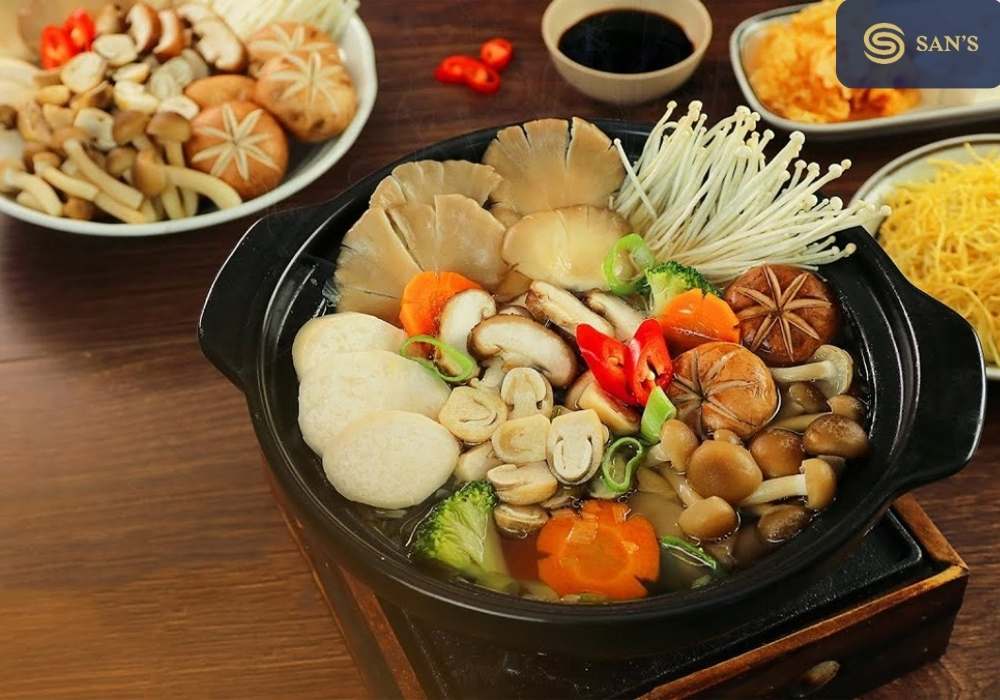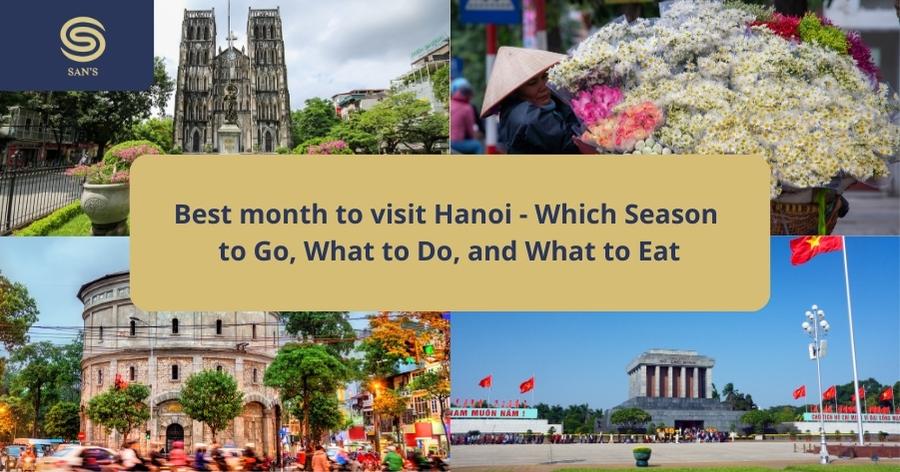Vietnamese cuisine is celebrated for its aromatic flavors, fresh ingredients, and intricate preparations. While many associate Vietnamese food with beefy phở or the pork-filled bánh mì, the world of vegetarian Vietnamese food offers a vast and flavorful journey for the palate. With the rich agricultural heritage of Vietnam and the Buddhist influence, vegetarian dishes have been a significant part of the culinary landscape. This article will explore the top 10 vegetarian dishes that showcase the essence and depth of vegetarian options in Vietnamese cuisine.
-

Vegetarian Vietnamese Food
Just as the Mekong River nurtures the country’s landscapes, the values of Buddhism, harmony, and respect for nature have flowed through generations, cultivating a plethora of vegetarian dishes. This gastronomic journey promises to unveil the very essence of Vietnam, showcasing the country’s commitment to flavorsome, fresh ingredients without the reliance on meat. Dive in, and let the tastes of vegetarian Vietnam captivate your senses.
Savoring Vietnam: Vegetarian Vietnamese Food
In the heart of Vietnam, a culinary tradition thrives, celebrating the vibrancy and richness of vegetarian Vietnamese food. Drawing from the country’s lush landscapes and age-old traditions, Vietnamese cuisine offers a plethora of dishes that put vegetables, tofu, and other plant-based ingredients in the spotlight. Beyond the popular phở and bánh mì, there’s a world of vegetarian delights waiting to be discovered.
With its emphasis on fresh, locally-sourced ingredients and a balanced play of flavors, vegetarian Vietnamese food not only nourishes the body but also resonates with the soul. Journey with us as we delve deep into this vegetarian tapestry, savoring the tastes and tales of a culture that seamlessly merges health, taste, and sustainability.
Top 10 Iconic Vegetarian Vietnamese food
1/ Phở Chay (Vegetarian Phở)
This is not just a meatless version of the popular phở. It’s a soulful bowl of noodle soup filled with tofu, mushrooms, and fragrant herbs, simmered in a hearty vegetable broth that’s equally aromatic and satisfying.
-

Pho Chay – Vegetarian Vietnamese Food
2/ Bánh Mì Chay (Vegetarian Bánh Mì)
The crunchy French-influenced baguette is filled with flavorful tofu or seitan, accompanied by tangy pickled vegetables, offering a delicious vegetarian twist on the classic sandwich.
3/ Bún Chả Chay (Vegetarian Bún Chả)
Instead of the usual pork, imagine grilled tofu or tempeh lying over vermicelli noodles, all drenched in a tangy sauce. It’s a dish that promises a burst of flavors in every bite.
4/ Gỏi Cuốn Chay (Vegetarian Fresh Spring Rolls)
These are light, fresh, and filled with herbs, tofu, and noodles, making for a perfect appetizer or a light meal.
-

Goi cuon chay- Vegetarian Vietnamese Food
5/ Bánh Xèo Chay (Vegetarian Pancake)
The iconic crispy Vietnamese pancake is reinvented with tofu, bean sprouts, and mushrooms, making it a must-try for vegetarian food enthusiasts.
-

Vegetarian Vietnamese Food
6/ Cơm Chay (Vegetarian Rice Platter)
A simple yet delightful dish where fragrant rice is paired with a variety of tofu and vegetable stir-fries. It’s a meal that captures the essence of daily vegetarian Vietnamese food.
-

Vegetarian Vietnamese Food
7/ Bún Riêu Chay (Vegetarian Tomato and Tofu Noodle Soup)
Experience the tangy goodness of tomatoes combined with the softness of silken tofu in a broth that’s both refreshing and hearty.
8/ Bánh Cuốn Chay (Vegetarian Steamed Rice Rolls)
A delight for the senses, these delicate rice sheets are carefully rolled with a filling of mushrooms and tofu, offering a unique textural experience.
9/ Lẩu Chay (Vegetarian Hot Pot)
Gather around for a communal dining experience with a pot filled with a flavorful broth, fresh veggies, tofu, and mushrooms. Dive in and cook your ingredients to perfection.
-

Vegetarian Vietnamese Food
10/ Bánh Canh Chay (Vegetarian Tapioca Noodle Soup)
Thick and chewy tapioca noodles swim in a vegetable broth, accompanied by tofu, making it a comforting meal for any time of the day.
Eating Vegetarian in Vietnam: Tips for Travelers
Understanding the Vietnamese Vegetarian Vocabulary
Before diving into the myriad of food options, it’s crucial to know a few key terms:
- “Chay”: Pronounced ‘ch-eye’, this is the most important word to remember. It means ‘vegetarian’, and many vegetarian restaurants will have “Quán Chay” or “Nhà hàng Chay” in their names.
- “Không thịt”: It means ‘no meat’. Use this phrase if you want to specify that you don’t want meat in your dish.
Ordering with Confidence
When ordering at local eateries or street vendors:
- Always begin your order by mentioning you’d like your dish “chay” to ensure it’s vegetarian.
- If you’re unsure, ask “Có thịt không?” which means “Is there meat?”
- Many dishes have vegetarian versions. For instance, “phở chay” is a vegetarian phở, and “bánh mì chay” is a vegetarian sandwich.
FAQs on Vegetarian Vietnamese Food for Travelers
Q1: Is vegetarian food common in Vietnam?
A: Yes, vegetarian food is quite common in Vietnam, especially due to the influence of Buddhism. Many locals observe vegetarian or vegan diets on specific days of the lunar calendar.
Q2: How do I recognize a vegetarian restaurant in Vietnam?
A: Vegetarian restaurants often have the word “Chay” in their name or displayed prominently. Keep an eye out for signs saying “Quán Chay” or “Nhà hàng Chay.”
Q3: Does “vegetarian” in Vietnam also mean vegan?
A: Often, “chay” dishes avoid all animal products, making them suitable for vegans. However, it’s essential to double-check, especially with items that might contain dairy or eggs.
Q4: What about fish sauce? Isn’t that common in Vietnamese cuisine?
A: Fish sauce is a staple in Vietnamese cooking. However, vegetarian restaurants use alternative sauces made from soy or seaweed. When dining in non-vegetarian restaurants, it’s good to specify “không nước mắm” (no fish sauce).
Q5: Can I find vegetarian versions of popular Vietnamese dishes?
A: Absolutely! Most iconic Vietnamese dishes have vegetarian versions, such as “phở chay,” “bánh mì chay,” or “bún chả chay.”
Q6: I’m allergic to certain ingredients. How do I communicate that?
A: It would be helpful to learn or write down phrases in Vietnamese specifying your allergies. For example, if you’re allergic to peanuts, you can say “Tôi dị ứng với lạc” (I’m allergic to peanuts).
Q7: Are there vegetarian cooking classes available for tourists?
A: Yes, many major cities and tourist destinations like Hanoi, Hoi An, and Ho Chi Minh City offer vegetarian and vegan cooking classes. They can be a fun way to learn about vegetarian Vietnamese food and culture.
Q8: How do locals respond to vegetarianism?
A: With the influence of Buddhism and the growing global trend towards vegetarianism, locals are generally understanding and accommodating. They’re used to adjusting dishes to fit dietary needs.
Q9: Are there any traditional vegetarian Vietnamese desserts I should try?
A: Yes, Vietnam offers several vegetarian and vegan-friendly desserts like “chè” (a sweet dessert soup), sticky rice variants, and coconut-based treats.
Q10: What’s the best way to explore the vegetarian food scene in Vietnam?
A: Going on a vegetarian food tour, available in cities like Hanoi and Ho Chi Minh City, can be a great way to explore the local vegetarian food scene. It gives you a chance to taste a variety of dishes and learn about their cultural significance.





